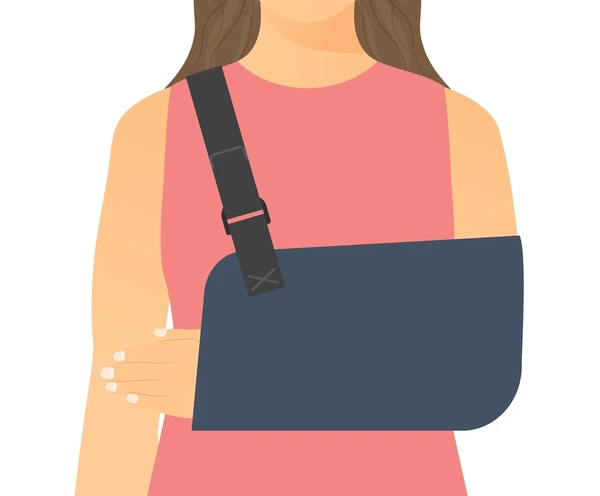How Young is Too Young for a Reverse Shoulder Replacement?
The reverse shoulder replacement originally developed in France and was approved by the FDA in the United States in 2004. Since that time there has been an explosion in the use of reverse shoulder replacement. In this procedure the ball and socket relationship of the glenohumeral joint (main shoulder joint) is “reversed.” Rather than a ball on the humeral head and a socket as in the normal joint, a ball is placed on the socket and a stem with a cup in placed in the humerus, hence the term “reverse.” As in a regular total shoulder replacement, the ball (humerus) and socket (glenoid) are resurfaced. In addition, the ball is fixed and the position of the arm is changed. The result is that this type of replacement can be used to address both arthritis (by resurfacing the joint) and instability (usually due to a massive rotator cuff tear).The reverse replacement has been a revolution in that is allows pain relief and improvement in function in situations where this was previously very difficult to obtain. In that sense, the reverse has been a major advancement in orthopedics. However, there are 2 concerns with the reverse replacement:
- First, there is concern about the longevity or life span of any joint replacement
- Secondly, the complication rate of a joint replacement can be higher in young patients
These concerns led to the original recommendation to not perform a reverse replacement until a patient is at least 70 years old. However, a study in the October 2013 of the Journal of Bone and Joint Surgery reports on the outcomes of reverse replacement in patients 60 years old and younger (See Article). The authors reported that the reverse led to improvement in range of motion and functional outcome with 81% of patients being satisfied with the procedure. However, several concerns are present in the study:
- the complication rate was 15%
- the results are short-term and the long-term results are not known; in fact they are particularly concerning given the 43% rate of scapular notching
- 29 patients had rotator cuff tears with shoulder arthritis and 19 of the patients without previous surgery had what were considered “irreparable” rotator cuff tears
We recently published a prospective study on arthroscopic repair of massive rotator cuff tears that some people consider irreparable. I led this study in conjunction with several colleagues nationally and internationally. Despite have pseudoparalysis or the inability to raise the arm above shoulder level prior to surgery, over 90% of patients had a complete repair and over 90% regained motion above shoulder level. As mentioned previously, the reverse allows us to treat previous conditions that had no solution. However, in my opinion the reverse may be overused at times because it is technically easier to perform than a complex arthroscopic rotator cuff repair of a massive cuff tear.In my own practice I perform many reverse shoulder replacements; however I reserve this technique mainly for older patients unless there is no joint preservation option. The complication rate of an arthroscopic rotator cuff repair is extremely low and studies have demonstrated that it does not burn any bridges to a reverse replacement. Younger patients in particular should consider their options carefully before having a reverse shoulder replacement.
Similar posts



